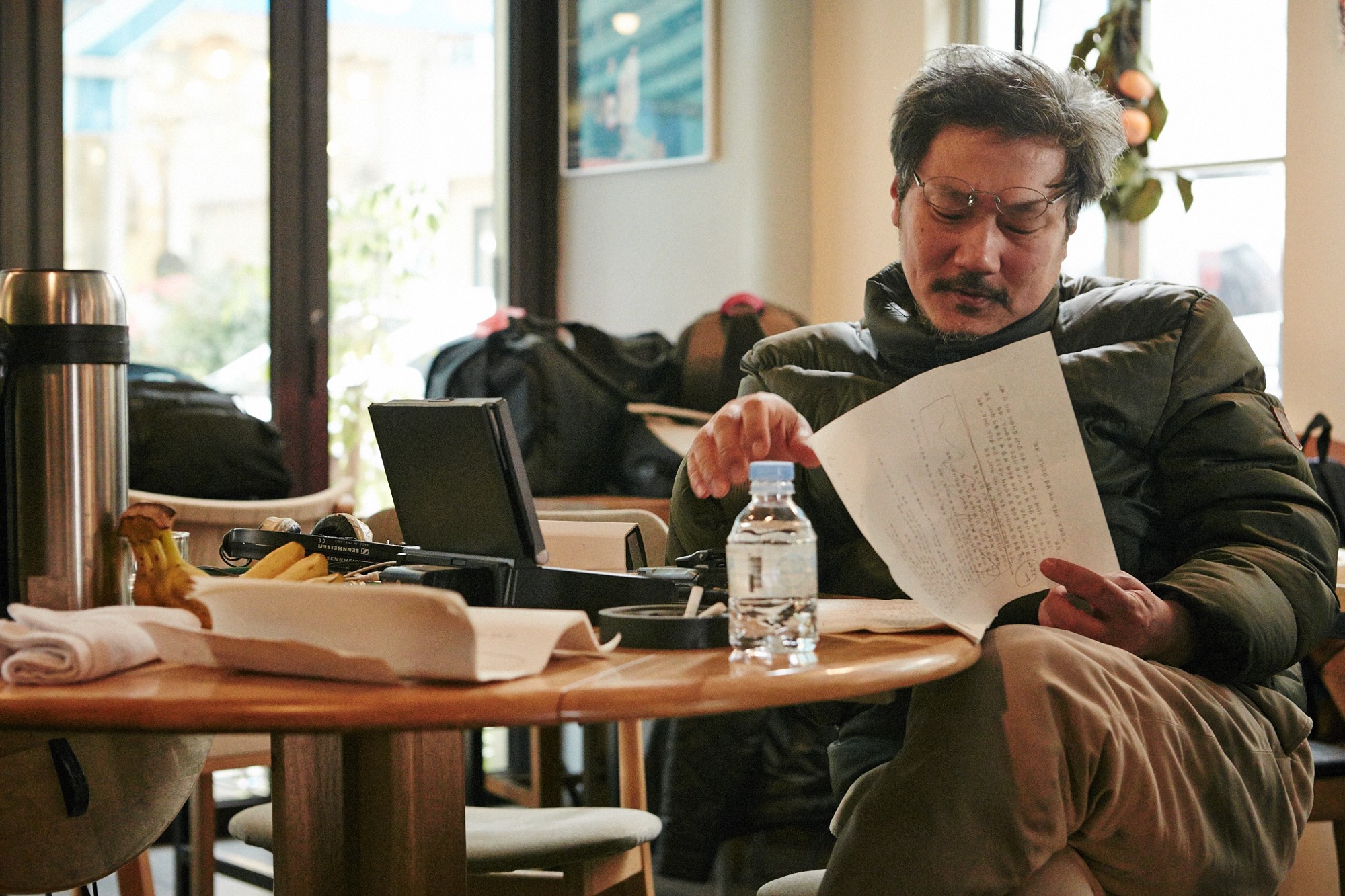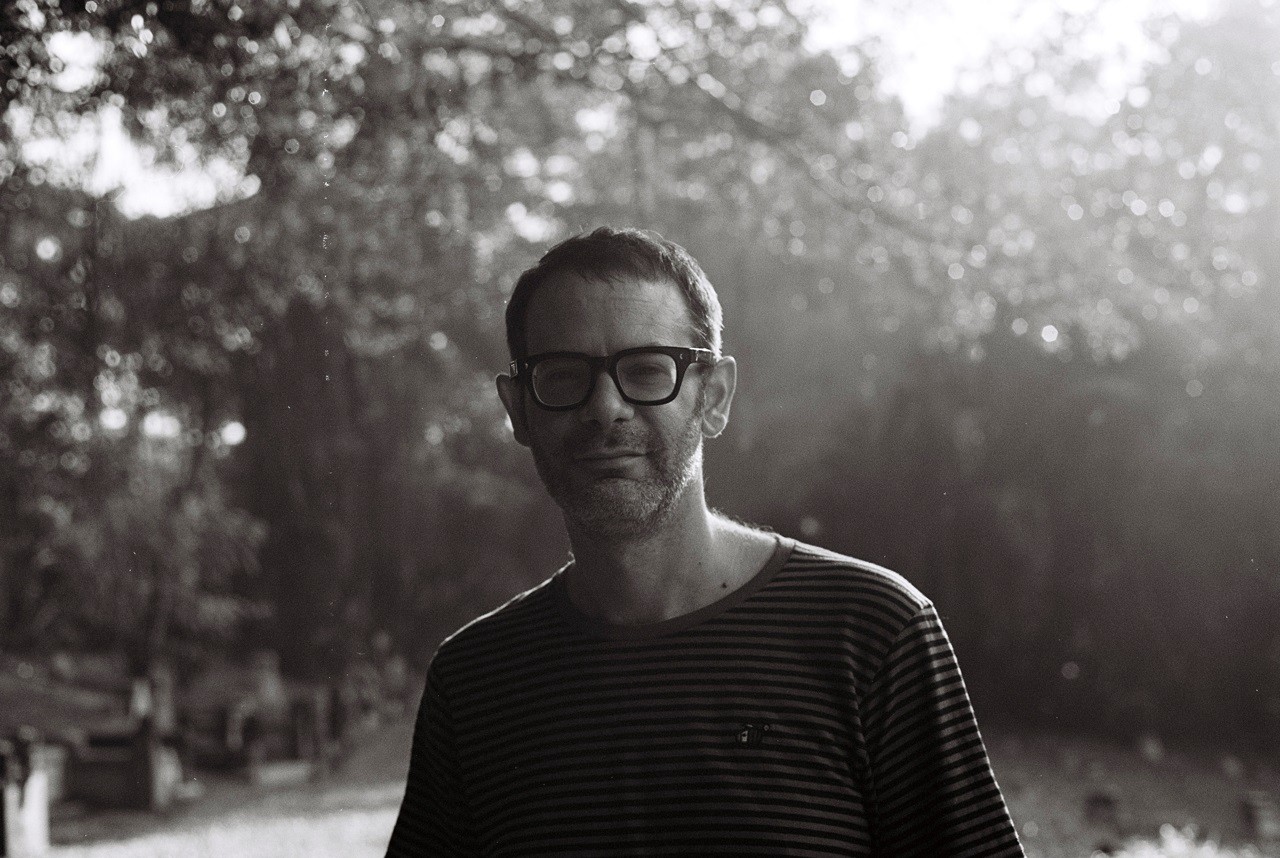Questions of Method: Screenwriting and Hong Sangsoo

What follows is a slightly edited version of a short introduction to and interview with Hong Sangsoo first published in the pilot Issue 0 of NANG (pp.41-42).
Introduction and questions by Darcy Paquet (@darcypaquet)
One of the steps that any aspiring screenwriter must go through in order to reach his or her potential is to find an effective work process. Some people are more productive in a highly structured environment, while other personalities might find the rigidity of such a system restrictive. As a result, there is a wide spectrum of different work styles employed by members of the screenwriting community.
Even within this diversity, however, South Korean writer-director Hong Sangsoo stands as an outlier. Having shot 19 films in the two decades since his 1996 debut The Day a Pig Fell Into the Well, Hong is a regular presence at the world’s top film festivals. (In 2015, his 17th feature Right Now, Wrong Then took home the Golden Leopard at Locarno.) With a small but devoted fan following in his native country, he finds himself in the enviable position of being able to independently finance each of his low-budget films with the proceeds earned by the previous film.
One of the benefits to such a system is that there is no need to prepare a screenplay or other materials to show to investors before shooting a film. At any rate Hong, even at the early stage of his career when he was working with established production companies, always resisted writing a screenplay in advance, substituting instead a detailed treatment.
Beginning in 2010, when his own low-budget production system became fully operational, Hong has dispensed entirely with the writing of treatments. Prior to shooting a new film, Hong decides on a cast and location, but the film’s plot consists of nothing beyond a collection of vague ideas in the director’s head. On the morning of the first day of shooting, Hong comes to the set, writes out dialogue for the scene he intends to shoot, gives his cast time to memorize their lines, determines camera angles with his cinematographer, and starts to shoot. The next day, the process repeats, and in this way the film is shot in sequence until the story reaches its conclusion.
What might look at first glance like improvisation is actually far from it. Hong insists that the dialogue he writes out each morning be reproduced word for word, and he gives very specific instructions with regard to delivery. The narratives he creates are not the meandering, unfocused stories that you might expect from such a process, but instead hang on intricately layered structures, and are marked by fascinating patterns and repetitions of visual and narrative details.
This melange of structure and intuition, conscious and unconscious impulse make Hong a particularly interesting case study of a writer-director employing an unusual process to unlock his creativity. The following short interview, conducted in March 2016, is an introduction to Hong’s process and method.
Darcy Paquet: Since 2010 you have been shooting your films without a pre-prepared screenplay or even a synopsis. Instead, films are shot as the story develops in your mind, and you write out the dialogue on the morning of each shooting day. It must require some courage to assemble a cast and crew and create a film in this way. What changed in you as a filmmaker, or what led you to adopt such a process?
Hong Sangsoo: The change has been there in me from the beginning. I guess my temperament has dictated the itinerary of the change: more so than other people, I need to see and feel the models in front of me. Methods that rely heavily on memory bring about results that are different. And such methods take too long for me.
DP: What are the “tools” that you use in organizing and collecting the ideas that will shape your films? Do you write down ideas in a notebook?
HSS: In the early days I used to pile up index cards by the hundreds, where I wrote down ideas and dialogue before I began writing the script. Nowadays, I probably have a few pages of notes with diverse orientations before the shooting period begins. For writing out dialogue in the morning of each shooting day, it depends on the day. I might have a few notes of scribbles prepared beforehand, or nothing at all.
DP: In Korea, critics and film fans often comment on the memorable and expressive dialogue that appears in your films. When you write out the dialogue, is your focus on making it very realistic and true-to-life, or are you trying to impart something to it that can not be heard in ordinary speech?
HSS: I try to duplicate what I imagine I have heard. At the same time, I keep integrating words and sentences that are drawn from unseemly sources, into the seemingly realistic body of the dialogue.
DP: Despite the fact that you do not plan out your narratives in advance, all of your films possess a noticeable structure. Where do these structures emerge from, and at what stage in the creative process do they become apparent?
HSS: They come from everywhere, from both seemly and unseemly sources and models. When the pieces are gathered together, maybe after two or three days of shooting, they can be seen for the first time as a whole. That act of recognition itself is the creation of a structure.
DP: In what situations do you feel most creative? When do ideas tend to come to you?
HSS: It’s usually in the morning that I feel both mentally and spiritually most energized, so I try to write in that period of the day. Regarding the second question, I don’t know, maybe they come when I feel light-hearted and when I don’t expect anything, while at some deeper level, my mind has been focused on one thing all along…?





